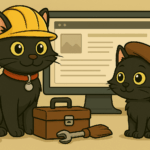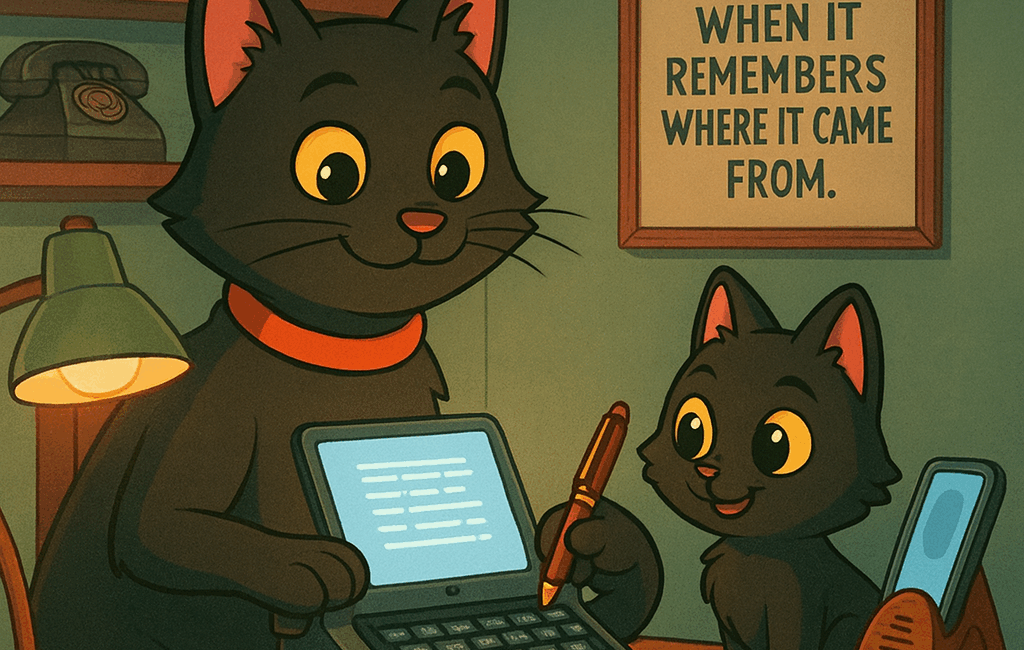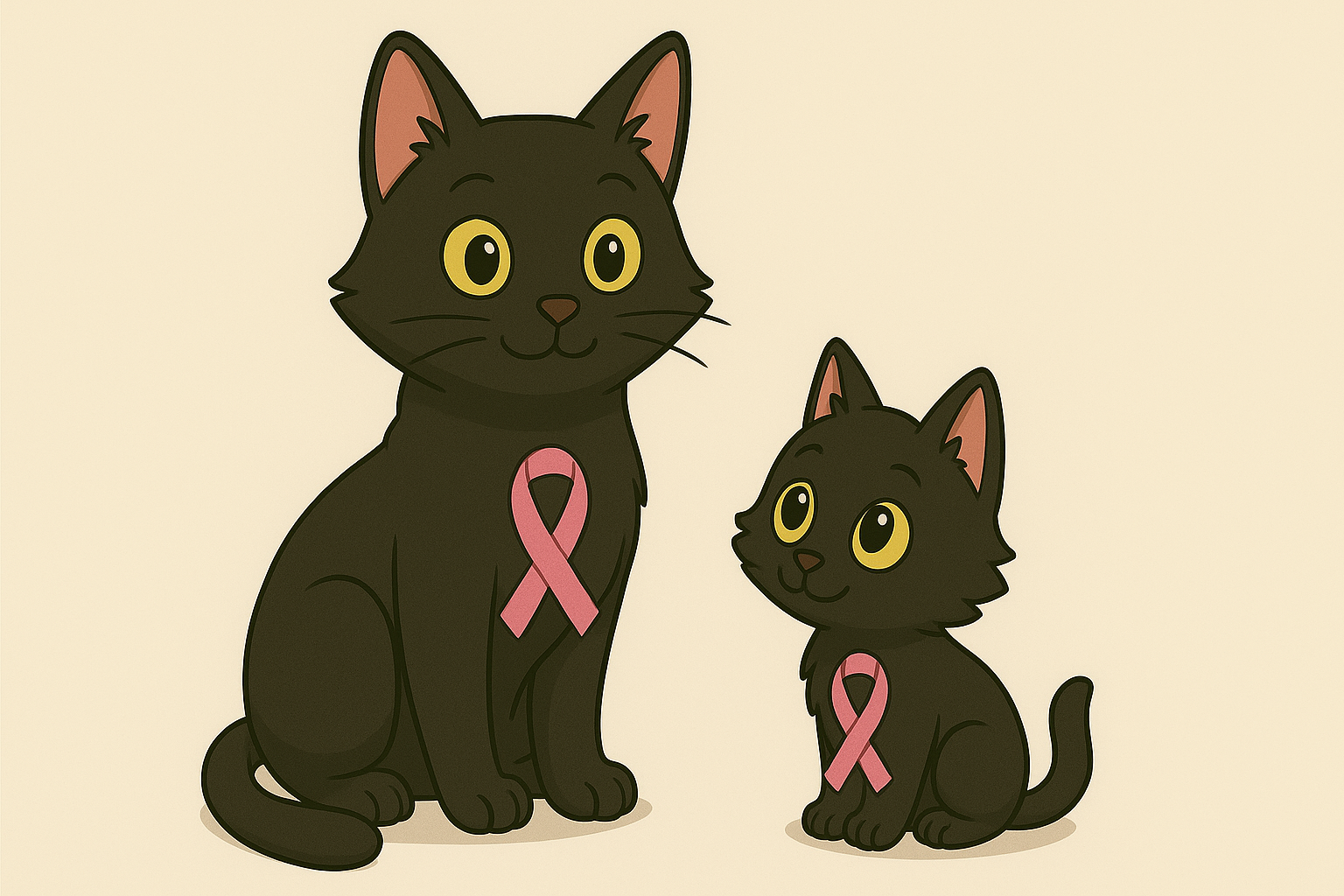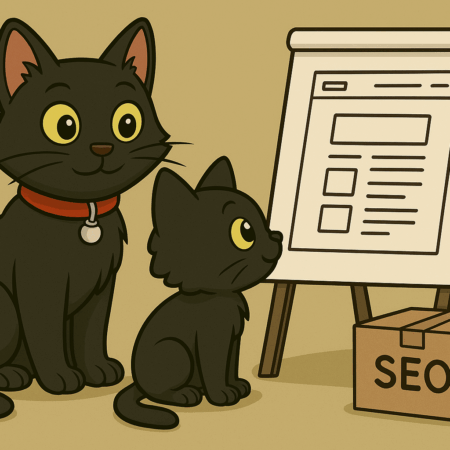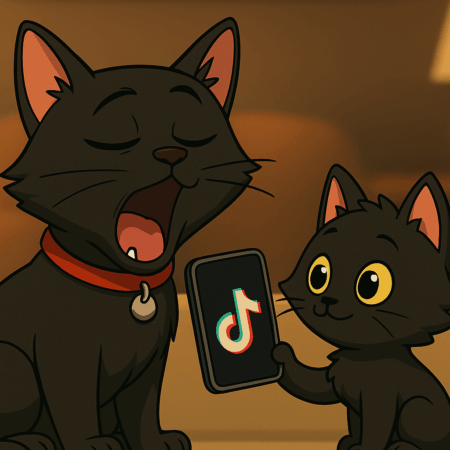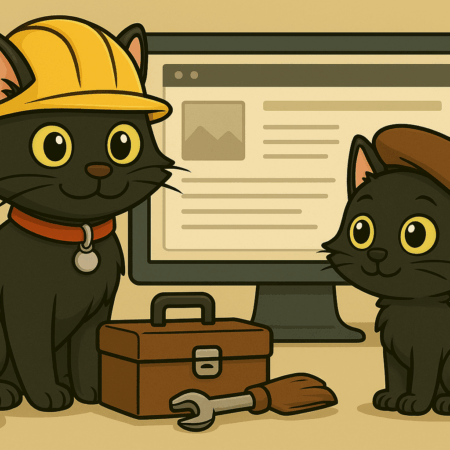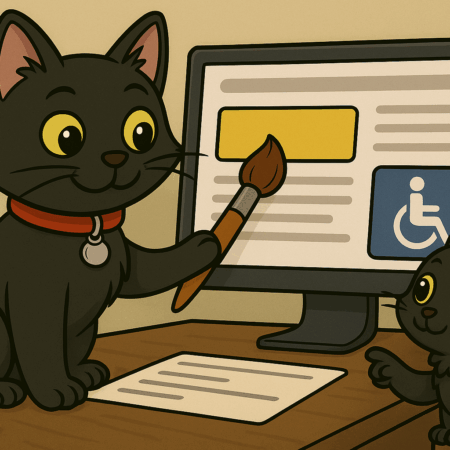Tap the camera icon on your phone and it clicks like a shutter. Swipe to “turn” a digital page and it folds with a sound that belongs to paper. Start an electric car and it hums gently, though it has no engine to purr. None of these things are necessary — yet each makes us feel comfortable.
This is skeuomorphism in action: design that borrows the language of the past to help us accept the future. It is the art of making change look and sound familiar.
Humans are creatures of habit. We trust what we recognise, and we hesitate when faced with something that feels entirely new. Designers, engineers, and communicators understand this well. To make a leap forward, they first build a bridge back — a link to something we already know.
Familiarity in Motion
Few industries demonstrate this better than transport. Cars and aircraft have evolved beyond recognition in engineering terms, yet both retain the comfort of the familiar.
Electric vehicles, for instance, often display features that serve no mechanical purpose. Front grilles remain, though there is no need for airflow to a radiator. Dashboard displays still show rev counters, even though there are no revs to measure. Some models even emit artificial engine sounds to help drivers and pedestrians feel that all is as it should be.
Passenger aircraft do the same. The classic tubular shape of the fuselage endures because it conveys safety and reliability. Inside, window layouts and cabin shapes replicate the same visual language travellers have trusted for decades. Behind the flight deck door, however, the controls bear little resemblance to the analogue dials of the past.
By contrast, military aircraft have no such need for reassurance. They evolve freely, shaped purely by function — stealth, agility, speed. Their radical designs highlight the civilian desire for familiarity: the need for innovation that feels safe.
Why We Resist Abrupt Change
The psychology is simple but powerful. Humans navigate life through patterns. We form emotional attachments to symbols, shapes, and sounds that signal safety or competence. When these vanish too quickly, discomfort sets in.
This is why revolutionary ideas often fail while evolutionary ones succeed. The familiar acts as a stabiliser, allowing people to step into new territory without losing their bearings. The future works best when it feels like an upgrade, not an alien invasion.
The Art of Gradual Introduction
Skeuomorphism extends beyond physical design. It shapes how we communicate, educate, and innovate.
Technology benefits from it every time an AI assistant speaks in a conversational human tone rather than a synthetic one.
Education uses it when online classrooms replicate the look of a physical one, complete with digital “desks” and “blackboards.”
Branding applies it when logos evolve slowly, keeping echoes of their old shapes so loyal customers still feel at home.
Workplaces use it when introducing new systems that mimic the terminology and layout of the old, before the true change begins.
These are all forms of gentle transition — proof that empathy, not speed, drives successful transformation.
The Paradox of Progress
True progress often begins in disguise. The new world first appears dressed as the old, until confidence replaces nostalgia and we no longer need the mimicry.
The brilliance of skeuomorphism is not in what it copies, but in why it copies. It recognises that human trust cannot be rushed. Change must feel safe before it can succeed.
The most effective innovation, therefore, is not always the most radical, but the most considerate — the one that understands that we walk into the future more willingly when it reminds us of where we came from.




